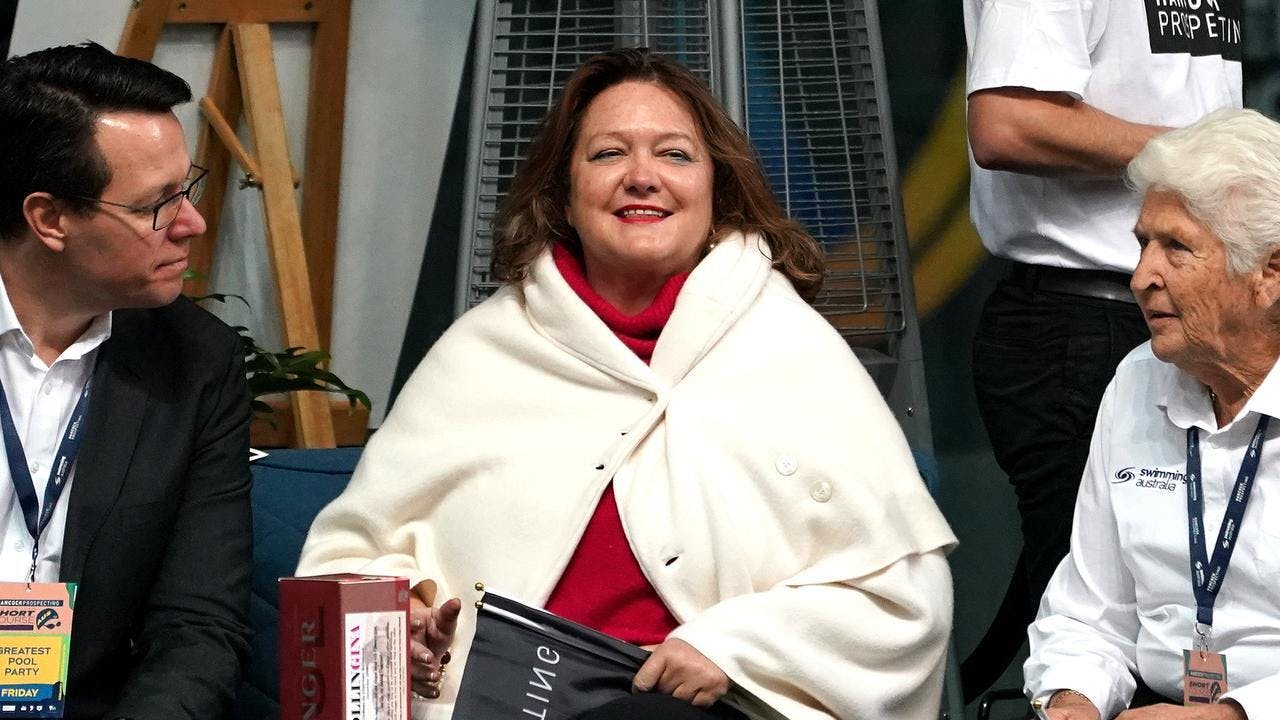How Australia’s richest have profited in the pandemic

Since the beginning of the COVID-19 pandemic, the Australian media and politicians have told us over and over that “we’re all in this together”. The virus, they explain, is a great equaliser, a crisis that has brought together the nation in a shared experience of hardship. But recent data reveals what we could all see from the beginning—that while the pandemic has been a difficult time for workers and the poor, the capitalist class have had a very different experience.
The latest figures from the Australian Bureau of Statistics show that in the last year the rate of wage growth slowed to its lowest level since 2001. Meanwhile, a list of Australia’s richest 250 people, published earlier this year in the Australian, showed that their combined wealth increased by 25 percent in 2020. The country’s richest collectively raked in $93 billion during the first year of the pandemic, taking their total wealth to $470 billion.
Those in the software, mining and property sectors in particular saw their share of the wealth rise, with Australia’s richest person, Gina Rinehart, more than doubling her fortune, from $16.21 billion to $36.28 billion. Others in the mining industry, including Andrew Forrest and Clive Palmer, have enjoyed comparable wealth increases, and CEOs of technology companies have also profited.
In some cases the wealth increases were boosted by the pocketing of JobKeeper subsidies. Around 20 percent of JobKeeper money went to companies that were already experiencing increased profits during the pandemic, and more often than not the owners of these companies simply kept it for themselves. The government’s refusal to provide financial support directly to workers and instead to allow bosses to manage the process left the door wide open to misappropriation of this money by the capitalist class.
One example is Gerry Harvey, founder of furniture and technology retailer Harvey Norman, who recently bowed to public pressure and returned $6 million of the JobKeeper money his company received. But Harvey is no hero—this is less than a third of the estimated $22 million given to him by the government, and a drop in the ocean compared to the staggering $1.18 billion in profits made by Harvey Norman in the past year.
But the rorting of JobKeeper is only a minor factor in the accelerating wealth disparity in Australia. Wage growth has been sluggish for years. The relentless privatisation, deregulation, attacks on unions and cuts to social services that have been a mainstay of the neoliberal era have resulted in an unprecedented transfer of wealth from the bottom of society to the top. It’s no surprise that the government resorted to the same playbook during the pandemic—directing stimulus spending at the rich and leaving workers further behind than ever.
It’s especially galling to see that, despite all the talk of valuing essential workers, it has been those on the front lines of the COVID crisis in sectors like health, transport and the postal service who have had the lowest wage growth of all—just 0.1 percent in the three months to the end of June. The very people who have endured backbreaking shifts staffing our overburdened hospitals and risked infection while delivering the necessities that have kept society running through lockdown have received nothing but empty words as compensation. Over the same period, corporate profits rose by a massive 7.1 percent.
During 2020 the share of national income going towards wages dropped sharply, from 53 to 49 percent. Wage growth has lagged behind inflation, meaning that, in real terms, wages fell by 2.1 percent on average in the year to June. These figures make it clear: the gains made by Australia’s wealthy few during the pandemic have come at the cost of workers and the poor.
In the face of this wages crisis, the priorities of the capitalist class and their allies in the government are clear. The money that Gina Rinehart accrued in 2020 alone could pay the salaries of 250,000 nurses—something that is desperately needed as Australia’s healthcare system buckles under the strain of the Delta variant. The estimated $10 to $20 billion in JobKeeper money that went straight into the bosses’ pockets could have been used to extend the scheme for another six months.
Instead, the government has turned a blind eye to this wholesale theft by the capitalist class. Unlike the Robodebt scandal, in which poor and working-class welfare recipients were harangued to the point of suicide, the Liberals seem entirely disinterested in recovering taxpayer dollars when it’s their wealthy friends and backers who are the beneficiaries. This isn’t particularly surprising—handouts for the rich have always been a key part of their project.
The ABS data points towards a future of deepening wealth inequality and further hardship for workers. With the unions largely missing in action during the pandemic and the ACTU’s Sally McManus openly collaborating with the Liberals, there has been very little resistance to the ruling-class agenda. And the Labor Party’s recent capitulation to the Liberals’ program of tax cuts for the rich means that, no matter which party takes power at the next federal election, it will once again be the wealthy who win out.
If workers are to tip the balance in our favour, we need to rebuild our fighting capacity. The first step has to be recognising that no, we’re not all in this together. On one side is the parasitical capitalist class, which has massively increased its wealth in the midst of a global pandemic. On the other are the workers and ordinary people who have nothing to gain from a crisis-ridden system intent on pushing them into poverty, and everything to win from tearing it to the ground.